Soldiers from 3rd Battalion, The Royal Regiment of Scotland (3 SCOTS), based at Fort George, deployed to Latvia for Exercise Tarassis where they trained on the British Army’s latest uncrewed systems and artificial intelligence tools, according to a news update from the service.
The three-week deployment formed part of 11 Brigade’s rapid modernisation work within the Land Special Operations Force and the Joint Expeditionary Force framework.
The battlegroup’s activity, conducted alongside Latvian partners including the 4th Latvian Brigade, sought to validate how new technical capabilities integrate with routine soldiering across maritime, air and land domains.
Lieutenant Colonel Rob Smith, commanding officer of 3 SCOTS, framed the deployment as both a partnership exercise and a test of evolving doctrine.
“Exercise Forest Guardian covers a number of domains; maritime, air and land. 3 SCOTS are effectively working with forward land forces as part of the Joint Expeditionary Force framework. This not only seeks to see 3 SCOTS integrate with the Latvian forces but also to practice our own ability to fight on the land,” he said in the press release.
The battlegroup worked with industry teams to field and operate systems identified by the Army as part of its modernisation portfolio. Two main industry partners embedded technical specialists to deliver hands-on training in systems described in the release as Cobalt, ARX, Viking, DSA, Menace-T and Ghost X.
The training included using unmanned resupply vehicles, sensor-to-effector links and command and control tools designed to compress decision cycles and speed target engagement. Smith said integrating industry experts alongside soldiers created practical, tactical outcomes.
“The Army is going through a modernisation agenda and one of the things we are seeing as part of that is the ability to integrate industry led capabilities alongside our forces, what I loosely term as a technician working alongside a tactician,” he said.
Personnel from 3 SCOTS also took part in defensive operations against a simulated threat during a crisis-conflict phase, and contributed to Combat Plans functions that integrated more than 38 aircraft into the Air Tasking Order. Flight Lieutenant Still, attached to the Combat Plans team, described the challenge of operating in dynamic airspace while coordinating multi-national aircraft and support platforms.
“Collaborating with our Latvian, Singaporean, New Zealand, and Australian counterparts to coordinate over 38 aircraft and multiple support platforms across air, land, and sea has been a significant undertaking, but it has highlighted the exceptional level of interoperability we share,” he said in the release.


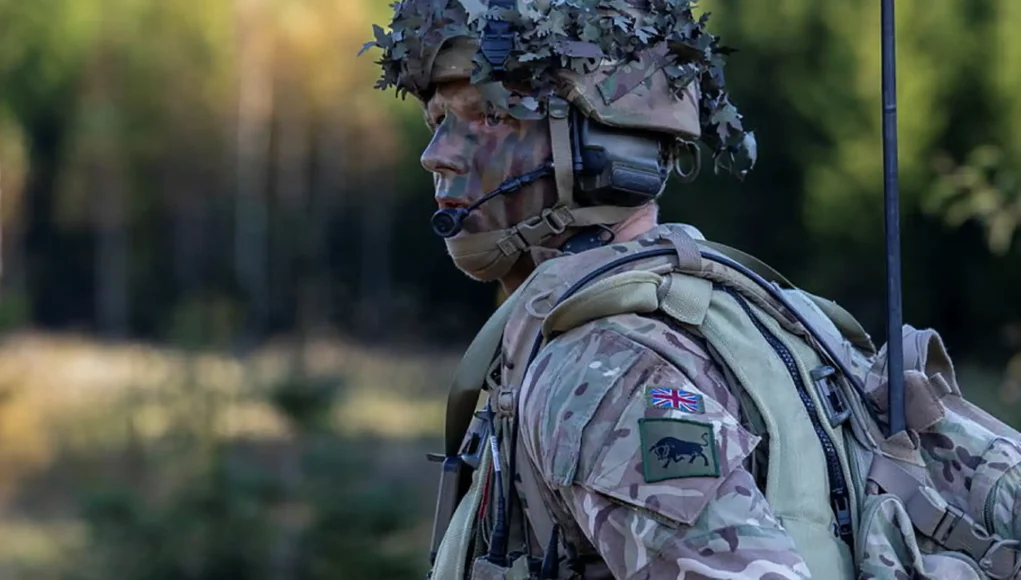
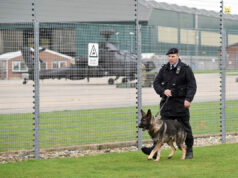

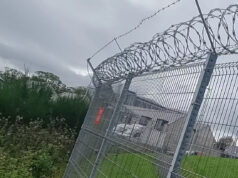

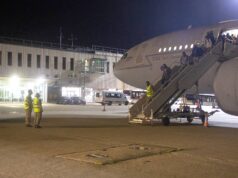
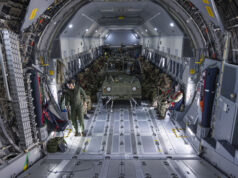
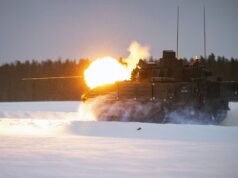
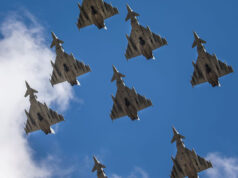
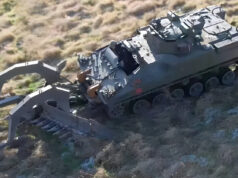
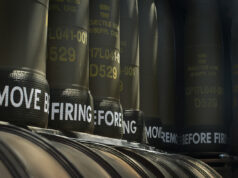

LSOF. So 11 Bde, ASOB, 77 Bde.
The forward presence force. I’m very interested in all this.
11 Bdes 4 Battalions I understand are still very small, a legacy from when they formed the SIG, Specialist Infantry Group and then the 11 SFAB, Security Force Assistance Brigade.
Assume they end up Drone heavy, compared to other units, considering this light strike concept.
There is no “4th Latvian Brigade” though. At least not in the Regular Latvian Army (which has a single standing Mechanised Brigade). I’m guessing we are referring to the 4th National Guard Brigade, which is the fourth Branch of the Latvian Armed Forces, but basically forms the Army Reserve in time of War. It’s all very light infantry formations, I think they might get Patria as it comes online in the Latvian Army, but not yet, and maybe the old M109 Paladins as HIMARS and Archer come into the regular army (even then I don’t think Paladin would be in sufficient number to support 4 Brigades of National guard, so most of them will be limited to a small amount of 120mm and 81 mm mortars.
I hope the AI didn’t hallucinate a 4th Latvian Brigade. Is there any difference between sycophants telling an autocrat he’s winning the war and having AIs do it instead?